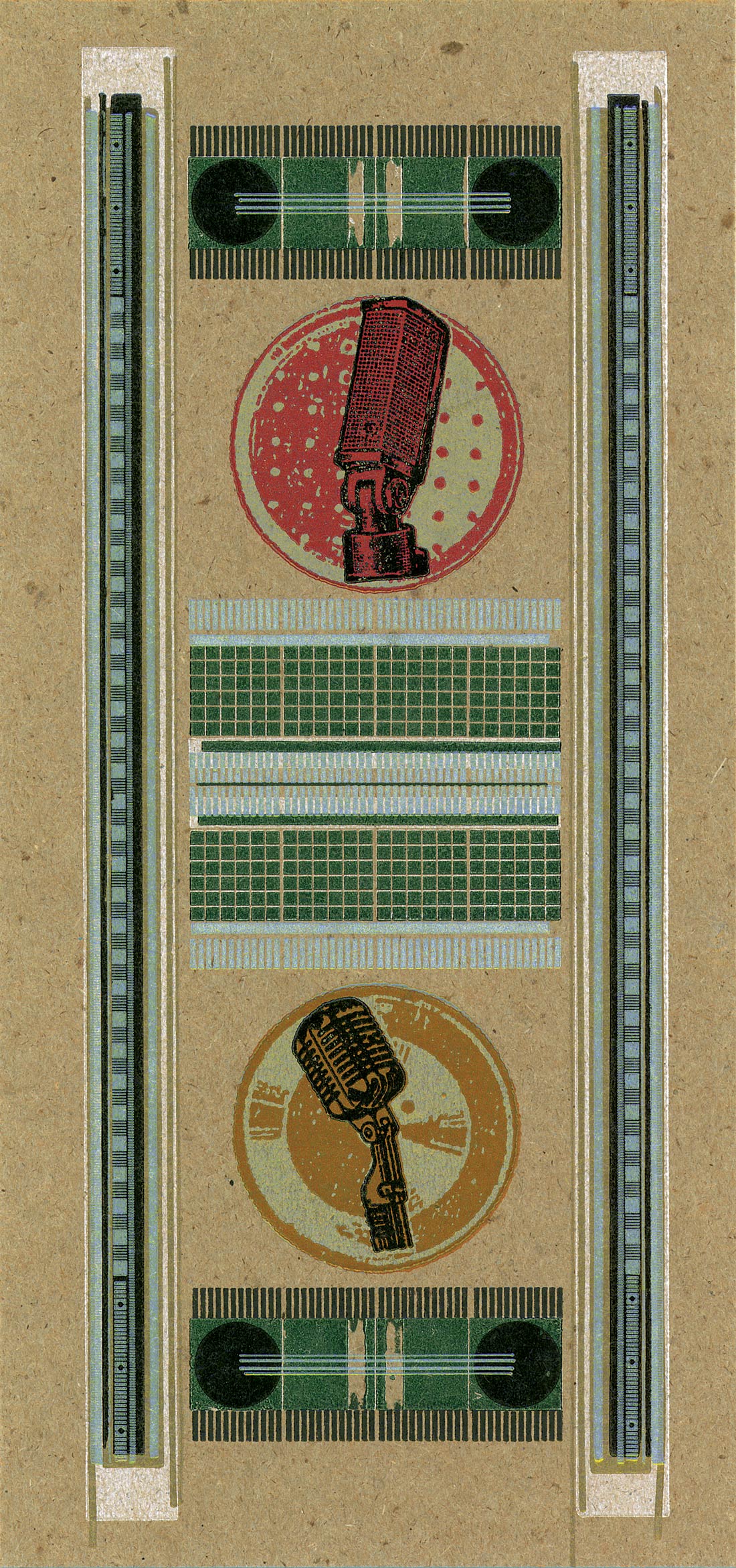One of the easiest ways to clean up your audio is to buy a power conditioner and plug all your audio gear into it. A good power conditioner will filter out noise (both electrostatic and electromagnetic) that can make its way into your signal chain - via incorrectly grounded circuits or poorly shielded power supplies, for example - while simultaneously protecting your gear from power fluctuations and transients. When I set up the latest incarnation of my living room studio, I had an electrician install a dedicated 20-amp line from the circuit breakers in the basement to the wall behind my racks. Plugged into that 20-amp line is a Furman PM-PRO. Plugged into the Furman is all of my audio gear. The typical at-home electrical problems that I had experienced in the past are no longer: no hum whatsoever, no static when the local railroad depot radios an incoming train, no popping when the microwave cycles on/off and no buzz when the refrigerator or AC compressors kick in. The difference is amazing. The PM-PRO handles 2400 watts of power and requires a 20-amp receptacle. It uses a combination of metal oxide varistors, gas discharge tubes, fast-blow fuses, and high voltage inductors and capacitors to suppress voltage spikes and surges, with a max current rating of 11,000 amps. Power line noise attenuation is greater than 60 dB for common mode interference (line to ground) and 40 dB for differential mode interference (line to neutral). The front panel sports three protection status indicators, a master switch, an LED voltmeter, an LED ammeter, and one unswitched outlet. The rear panel has eight widely-spaced, switched outlets. At 1U height, the unit doesn't take up much room in the rack. Furman's tech support staff is easy to contact via phone or email, and they seem to be very knowledgeable folk. I paid $245 for my PM D4O. Not only is that cheap insurance for protecting my gear from power surges, but it's probably the least amount of money I've spent to clean up my audio signal system-wide! (www.furmansound.com)
Accessories, Tools | No. 24
Refillable Duster
by Andy Hong
Instead of paying big bucks for prepackaged air check out the ReAir refillable air sprayer. With about ten strokes of a standard bicycle pump, you've got a canister full of compressed air to blow crap...




_disp_horizontal_bw.jpg)